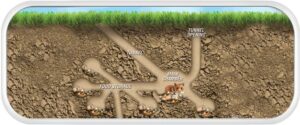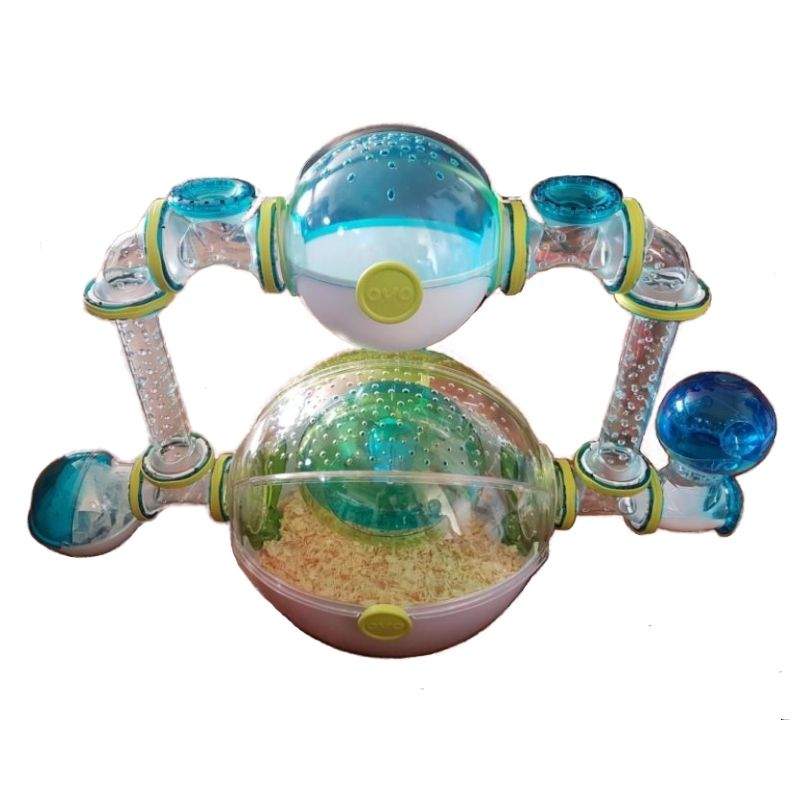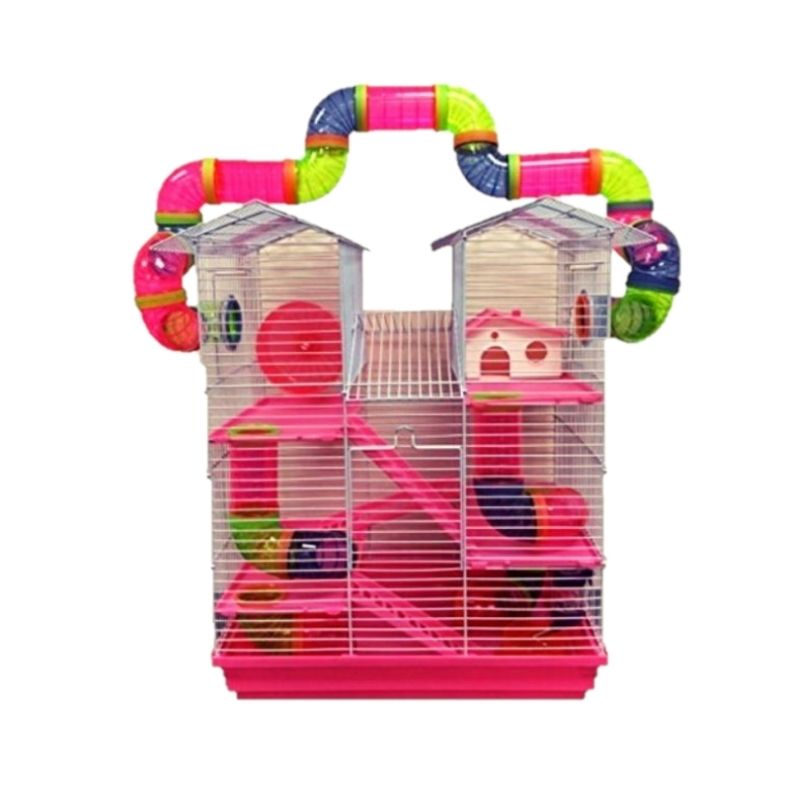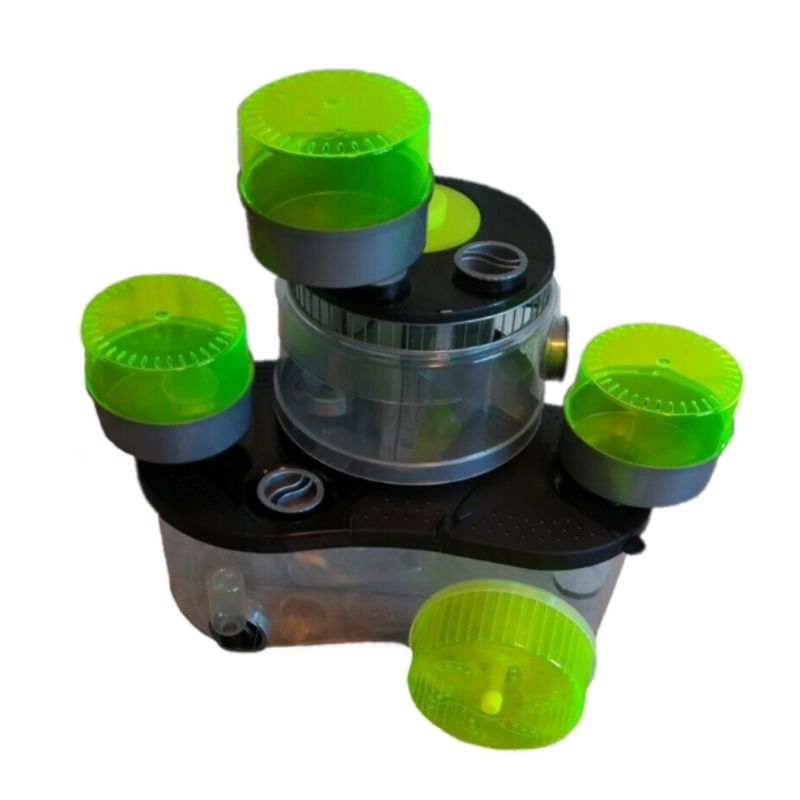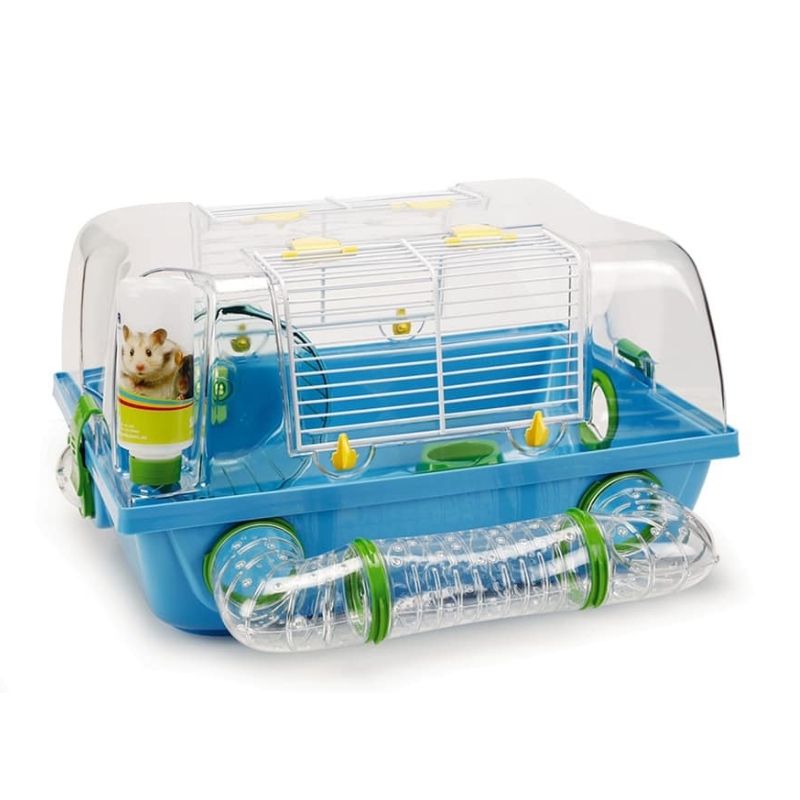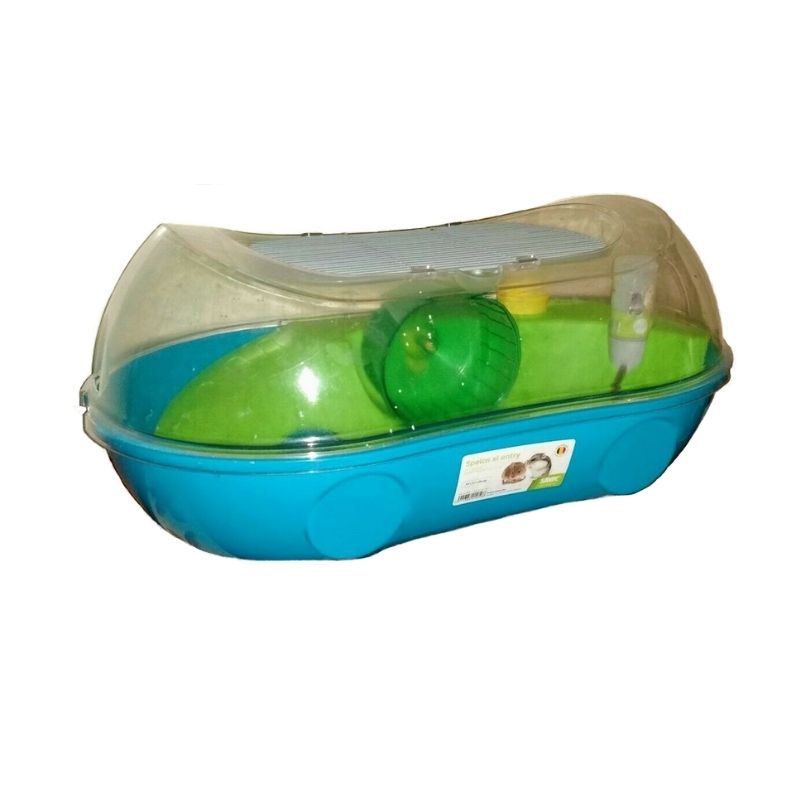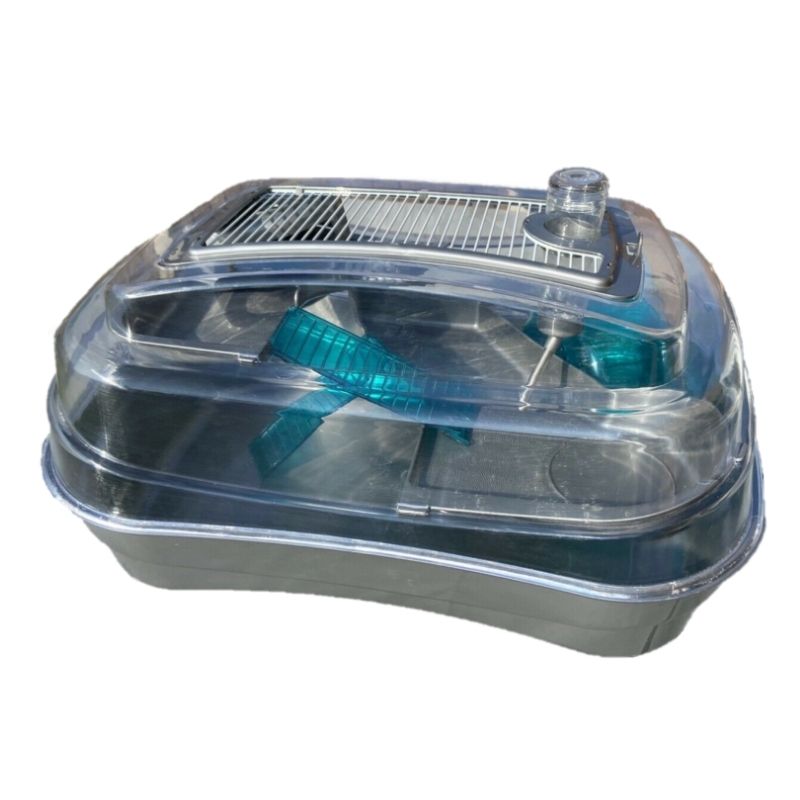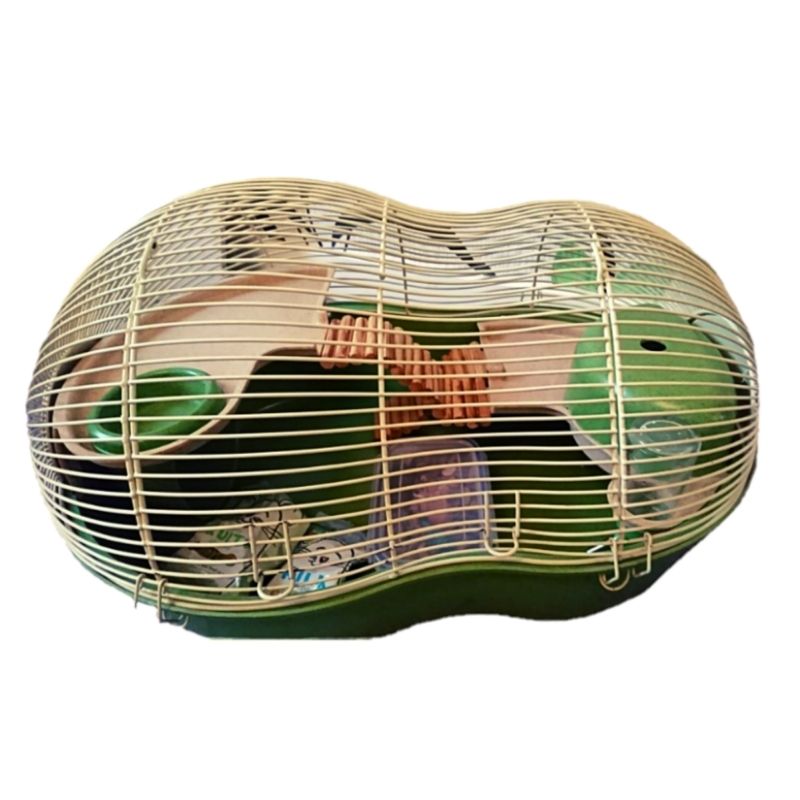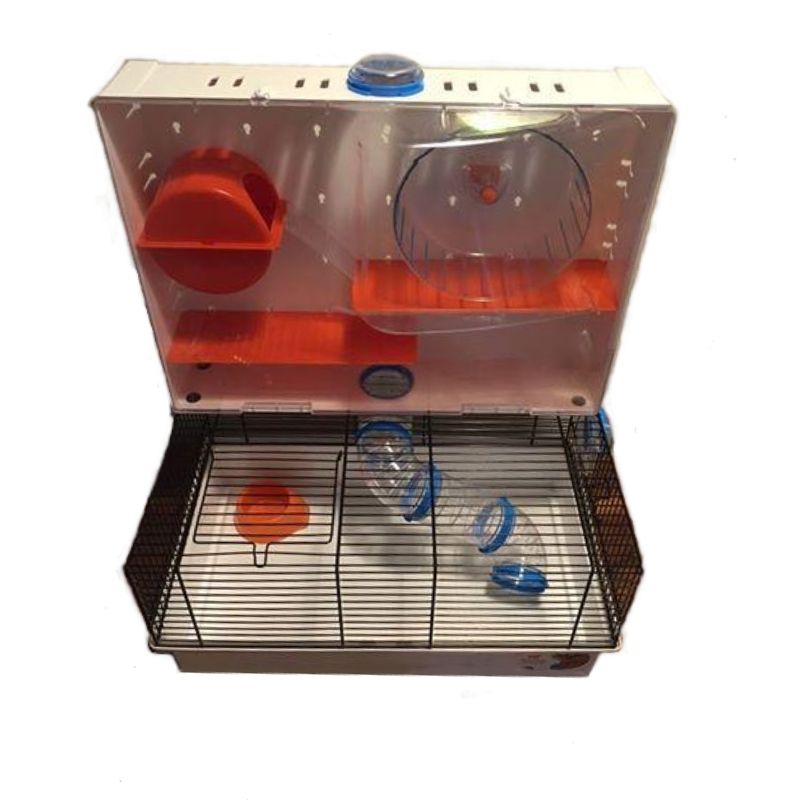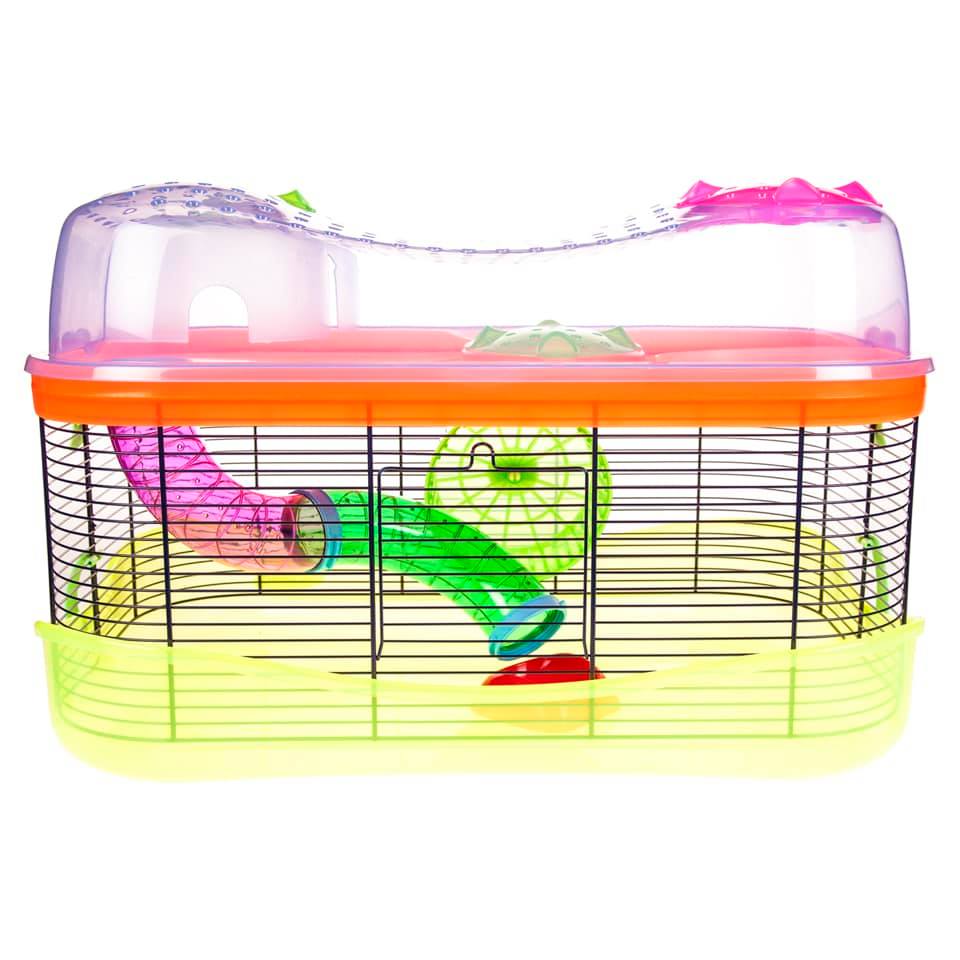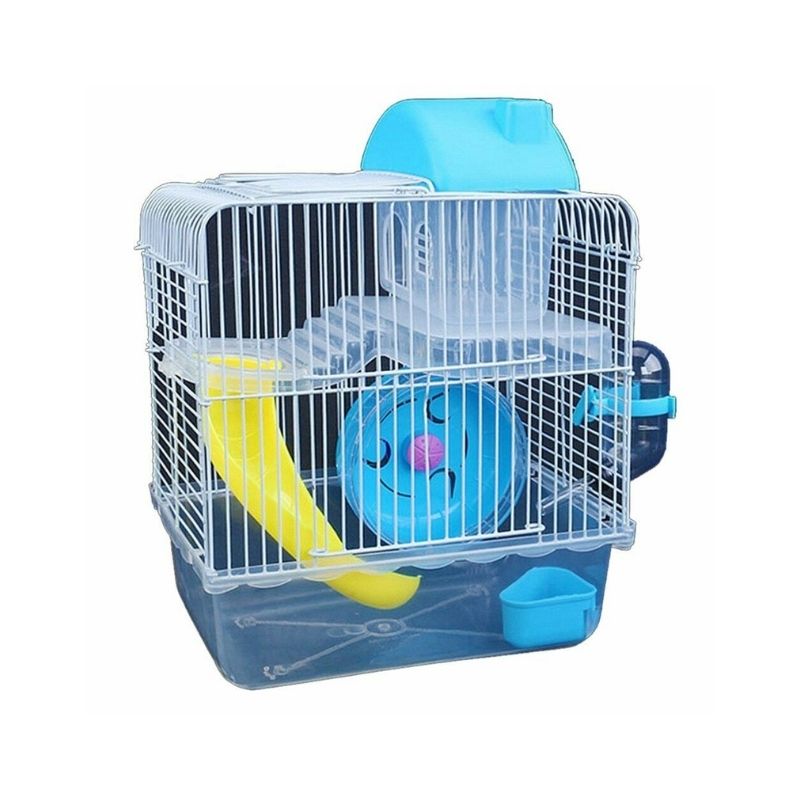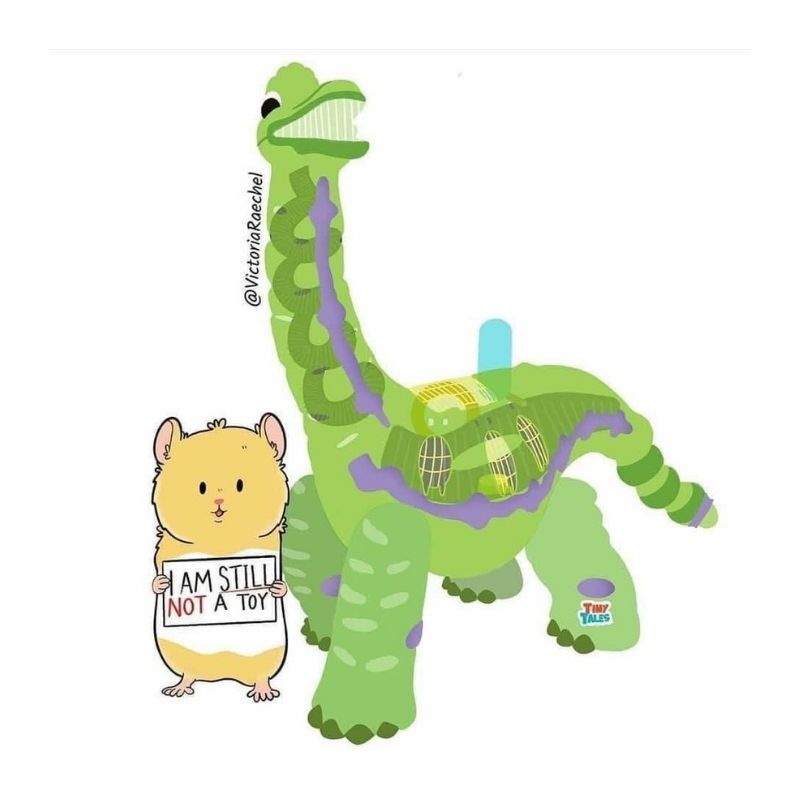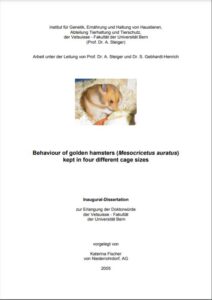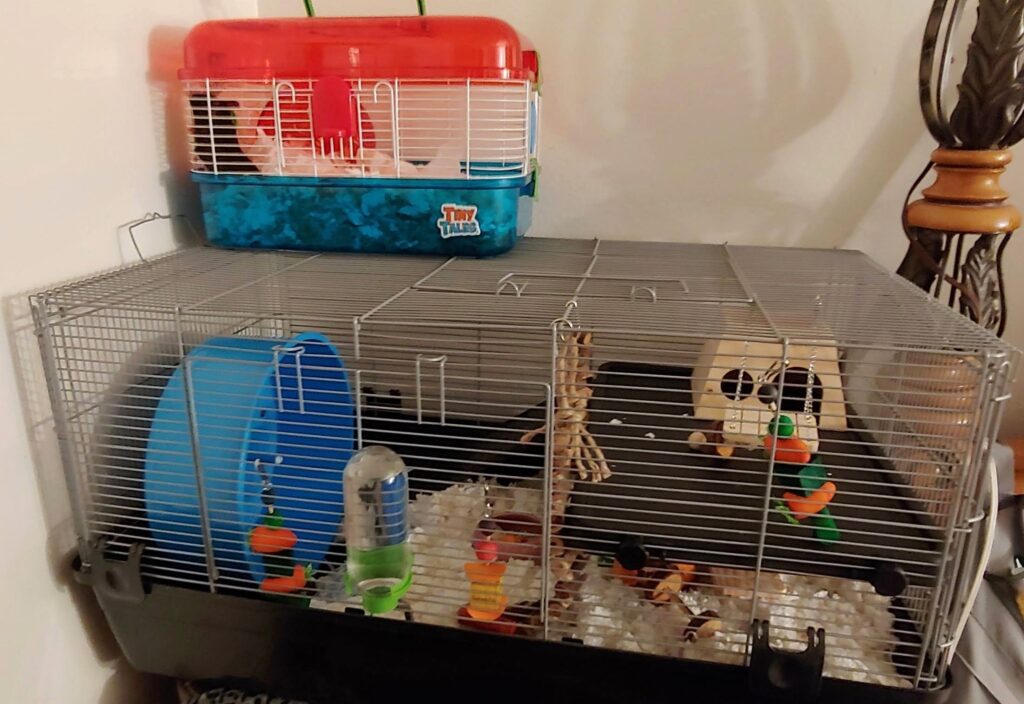Even though hamsters are very small they actually require a lot of space, it is not uncommon for hamsters in the wild to run 9km in one night. The Veterinary Association for Animal Welfare is Headquartered in Frankfurt and was established in 1985 by 150 veterinarians, also known as (TVT). They recommend the cage size should be at “minimum 100cm x 50cm x 50cm (L x W x H) which is 5000 cm2 (775 in2)” this is also recommended by other major organisations. It is the minimum cage size for ALL species of hamsters including Dwarf. Please note this is a minimum of unbroken floor space (not levels), the more space the better.
Don’t be fooled by what the pet shops recommend. Pet shops usually always sell cages which are far too small, this is because they are often cheaper for customers to buy and they save on shop floor space. If you buy a cage which is too small, your hamster will sadly live a miserable life.


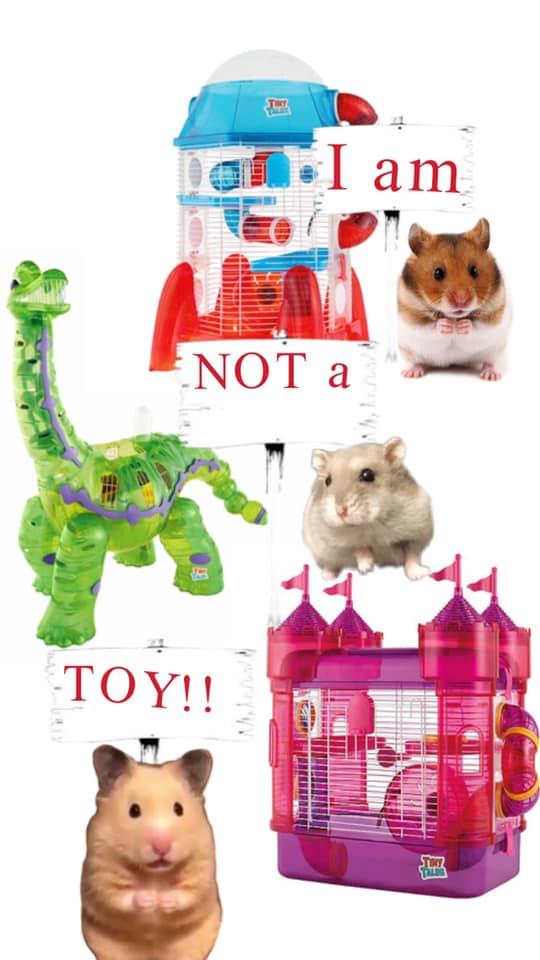
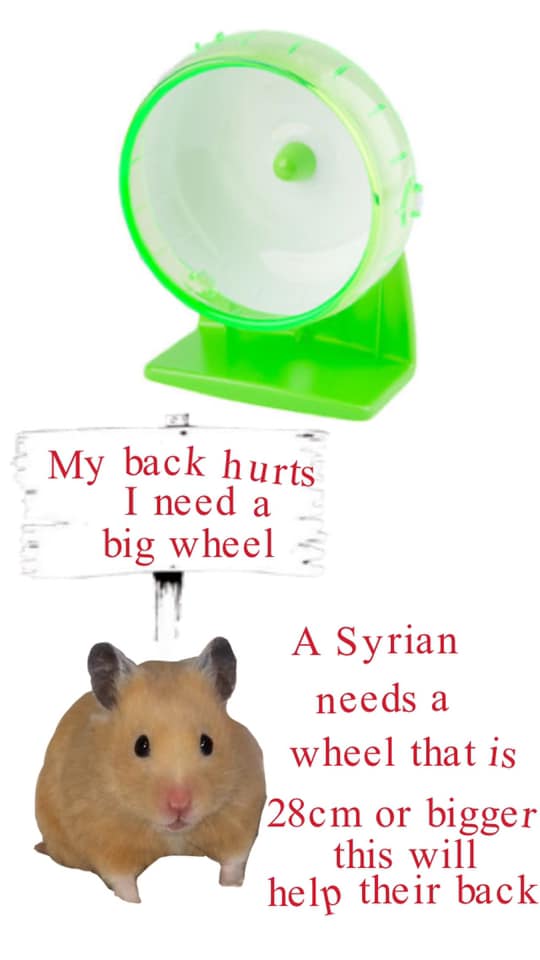
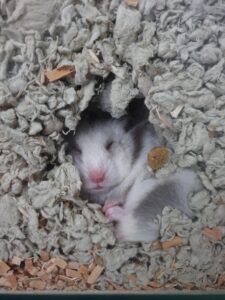 The bedding material is the ground your hamster walks on and the ground your hamster will dig under to make a burrow section and a chamber to sleep. The bedding is also an absorbent for urine and spot cleaning will reduce smell. You need to provide your hamster with the correct type of bedding that will hold up the structure of a burrow e.g. Carefresh or Kaytee, its made from paper that seems more like clumps of tissue. You may also choose to mix this in with a different texture such as Aspen shavings or Teabag bedding. Please look at
The bedding material is the ground your hamster walks on and the ground your hamster will dig under to make a burrow section and a chamber to sleep. The bedding is also an absorbent for urine and spot cleaning will reduce smell. You need to provide your hamster with the correct type of bedding that will hold up the structure of a burrow e.g. Carefresh or Kaytee, its made from paper that seems more like clumps of tissue. You may also choose to mix this in with a different texture such as Aspen shavings or Teabag bedding. Please look at 